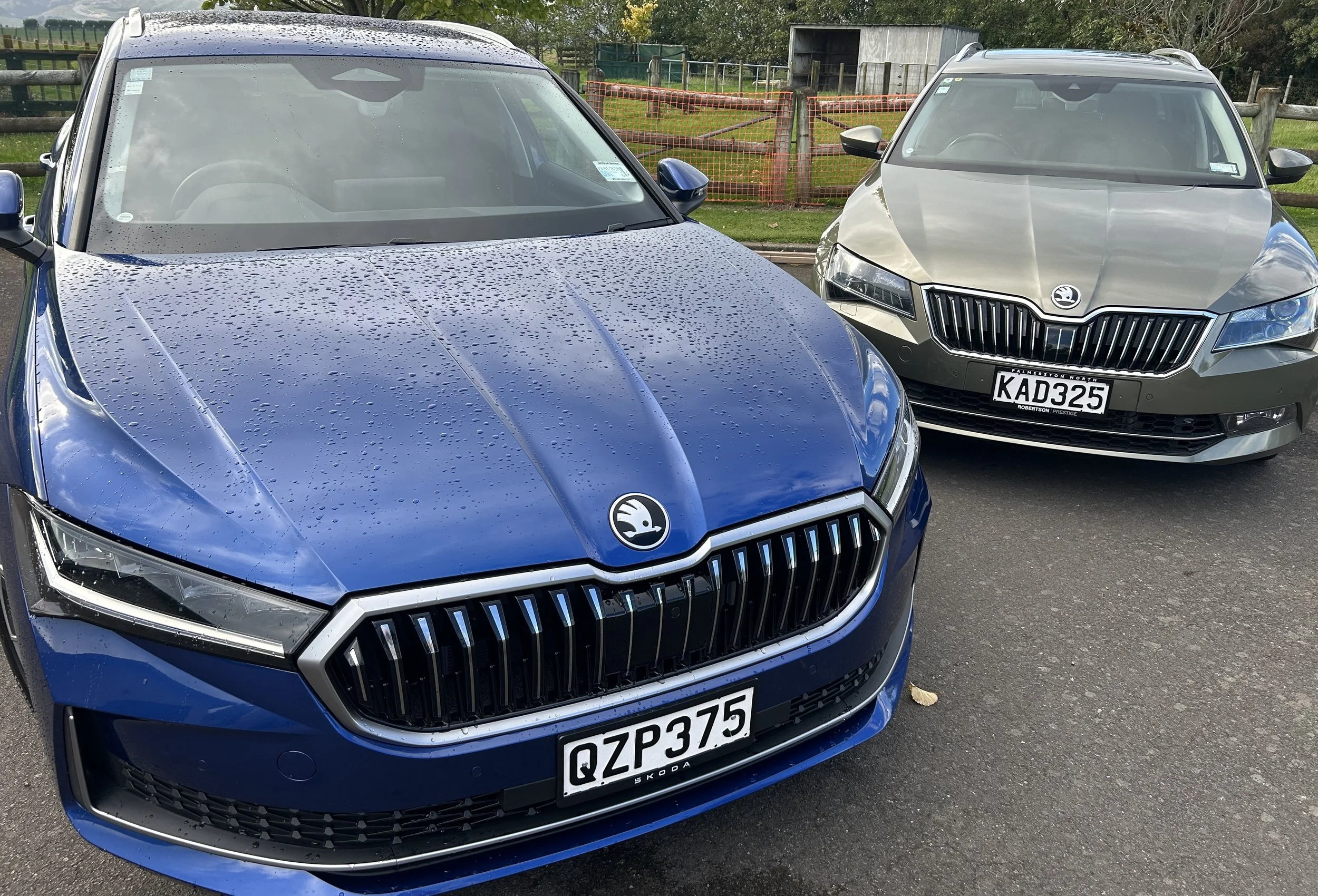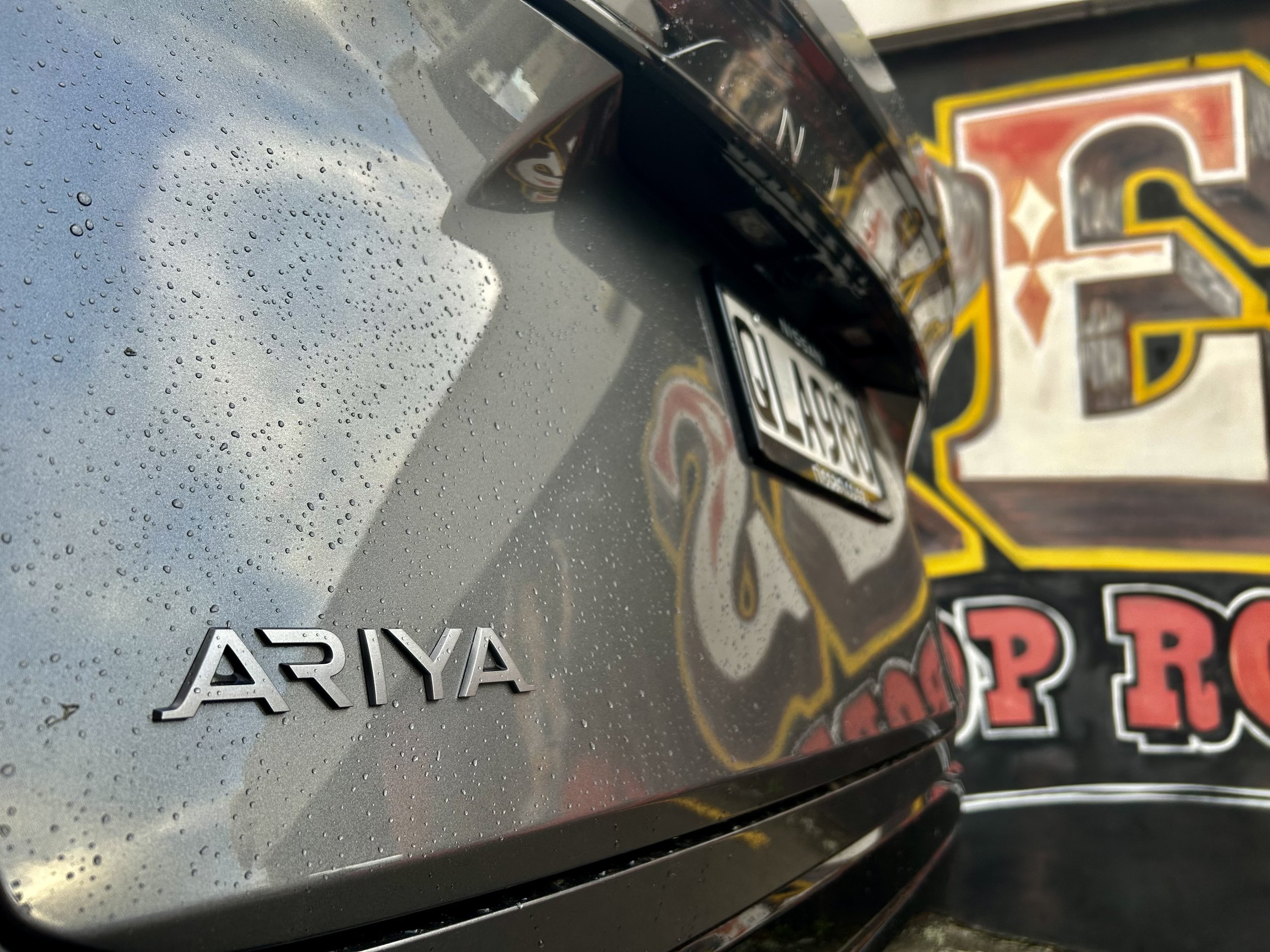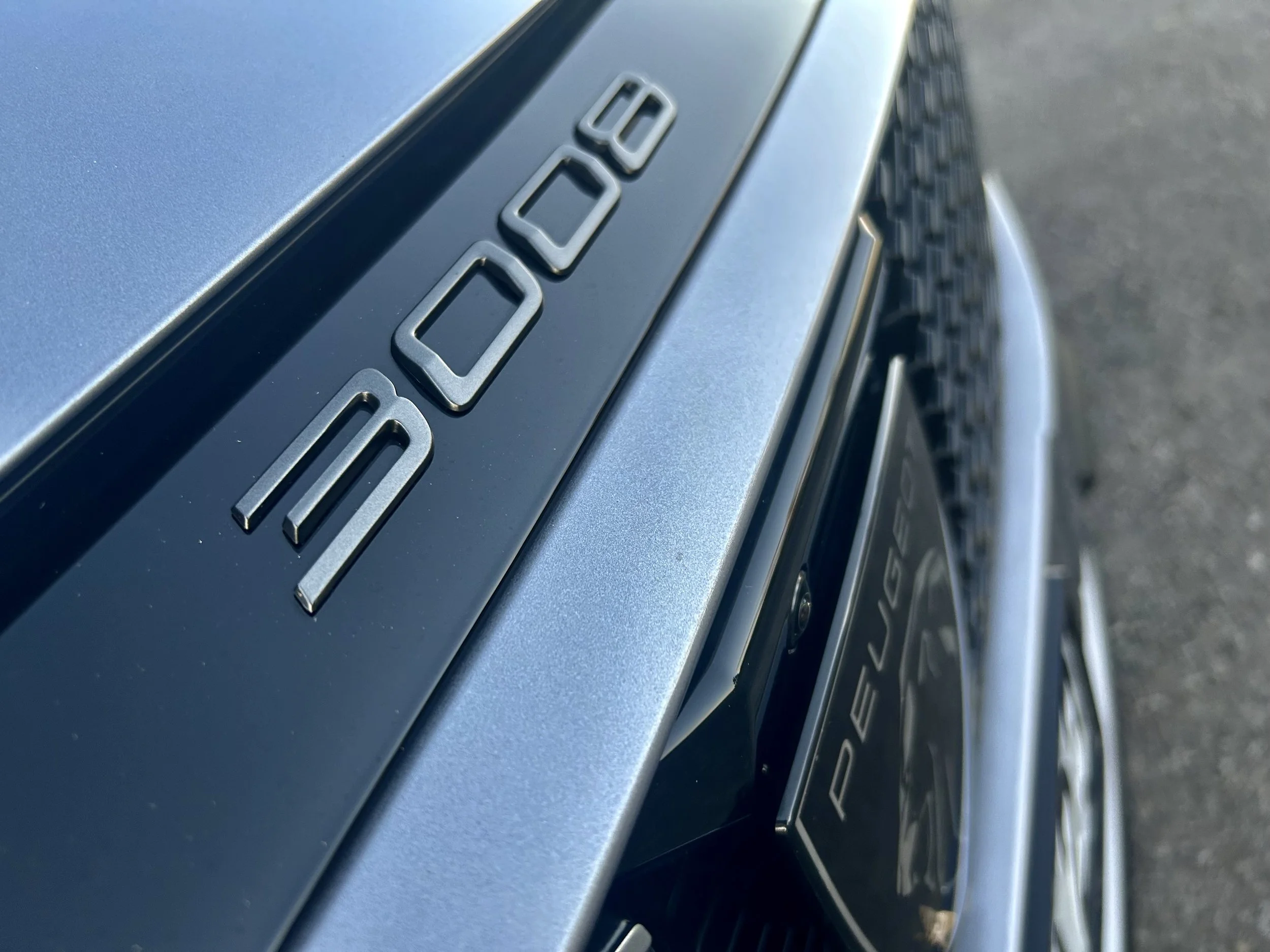Zippy zappy electric MG roadster still a ‘go’ in flat market
/Cyberster two-seater will roll in as planned by year-end with high certainty it will inflict significant sports sector shock.
UNCERTAINTY about how long national electric car interest will stay flat-lined hasn’t eroded MG confidence in electrics - including the ultra-exotic Cyberster set to pitch in late year for potentially more than $160,000.
Working out local arrival details for the two-seater sports car (above) is now an immediate focus being worked on at full pace.
Price is still unknown but brand high-ups concur indicators given recently in Australia, of it siting between between $107,000 and $161,000, are relevant here.
The higher figure also seems more probable, given the dual motor, highly trimmed specification chosen.
MG is confident a car with 400kW/725Nm - so, comfortably more than its current performance king, the 300kW/600Nm dual motor MG4 Power - and ability to strike off 0-100kmh in just 3.2 seconds will be a powerhouse attraction.
Akshat ‘AK’ Ahuja, a Melbourne-based senior product and strategy manager for the region - pictured above, at left, with MG NZ country manager Arek Zywot - portrays it as a king-hit car, with the right ingredients to draw attention even from those who normally buy into Ferraris and the like.
“I'm sure once people have got into the car and have test driven it they'll be blown away.
“Cyberster is a unique product on its own. There is no other true fully electric sports car in the market today.
“When we launch it, which will be soon, it'll be one of the most competitive and well-priced products.
“If you talk about the power, the acceleration … all the technology that car has, you would easily be paying three, four times the price to otherwise get that.”
Cyberster is seen as a right choice arrival to bring extra kudos to a make that, in its reborn Sino Brit form, has locally planned primarily to be an electric car ace, a strategy it intends to stick to even though it has extra petrol cars coming in the immediate term.
Another future battery inclusion the marque’s regional agency is also giving quiet consideration is a model that, conceivably, might one day become a natural successor to the latest version of its entry MG3, now with a hybrid option.
The new full electric, so far designated the MG2 - which seems a working title, with it set to have an actual name - is still several years away.
It seems likely to be a smaller reproduction of the marque’s MG4 (above), a sales hottie here last year but now just another electric being given the cold shoulder in a period of 70 percent decline in overall new EV volume.
Zywot acknowledges his primary push electric products of the moment, the MG4 and ZS, are doing it tough, with a cumulative 90 percent drop in volume year to date.
Totally kapowed is the compact sports utility, which only launched last August yet wasted no time establishing as a category giant, with 1793 registrations by New Year’s Eve.
MG4 also began this year positively, with accreditation as latest New Zealand car of the year.
Yet it has become just another sales pariah, having racked up just 71 registrations to end of May - so, 25 fewer than its first sales month tally.
The older ZS that kicked in the marque’s presence as an electric operator and is on runout, with replacement due around October is doing no better.
It nailed just 13 sales in this year’s first quarter - in the same period of last year it achieved 1148 units. ZS also clocked 3123 for the whole of 2023.
Electric still has a future, Zywot enforces, but at present it’s been depowered by the recession and confusion caused by the National-led coalition government’s decisions.
Dropping the Clean Car Discount scheme, that provided around $7000 rebate on cars in the sub-$80,000 zone where MG operates, then implementing Road User Charges on EVs and plug-in hybrids, have upset the scene.
On top of that, there’s now a review of the Clean Car Standard - that relies on EV sales and these earn credits to offset CO2 penalties hitting high CO2-emitting internal combustion products.
All have “changed the scope of the car market”, he believes.
When EV sales will rebound and how long before the market returns to the bountiful counts experienced in 2022-2023 is anyone’s guess.
“Considering the nature of the market, it will be harder to recover to the levels we were at last year,” he suggests.
“We still believe the product will sell well once the EV market returns to its natural run rate. Where the natural run rate is, I can’t say exactly. I can’t tell you how long that’s going to take.”
Dropping the rebate then adding a RUC penalty has been a double-whammy.
““Customers are confused. They think ‘I went from getting the money, to paying the money’.”
He’s not critical of the political choices but says the repercussions are that “it might take some time to understand what we’re doing as a nation.
“But this is the decision that was made. It is what it is, we need to deal with it.”
As much as outwardly, this makes it a tricky time for Cyberster, there’s still optimism.
Determination to represent just the flagship of three editions built in China is still seen as the right policy.
While the local price is being kept under wraps, but Zywot and Ahuja concur a pricing indication for Australia recently shared has relevance here.
Ahuja told media across the Tasman two weeks ago to expect to see Cyberster in the showroom for between $A100,000 and $A150,000.
That’s between $107,000 to just over $161k in New Zealand folding.
Said Zywot: “It depends how you calculate the exchange rate and the GST. We don't want to commit to any specific value, but we know that the car will be priced similarly.”
Two other editions would have been cheaper, but have smaller battery packs and less performance. They could yet show, but it’ll depend on volumes and local feedback.
Says Ahuja: “That's what we will start with. And then obviously, from a product point of view, we are always looking at different ways to look at some other editions or something down the line.”
He has clocked up extensive wheel time, both in China and with early build right-hand-drive cars in Australia, where they have served as evaluation units.
He has no qualms about comparing Cyberster to a Ferrari.
“Well why not? It's our flagship, it's a hero car. For us it's going to be a true game changer. The performance … the way the electric motor, the power works, it's like it goes like a rocket and especially in the super sport mode.”
Zywot says there has been some NZ customer interest, but no pre-orders. Suggestion out of Australia that availability might be limited has been mis-interpreted, Ahuja says.
“It all depends on the demand. We've got a very compelling product, we have no issues with the supply. We can get as many as we need.”
MG2, meanwhile, is potentially set to be the next all-new electric addition, but not perhaps for another couple of years. And iI might not be called that, Ahuja says.
“I won't name it what it has been named, but talking about our future products, it's one of the many other products that we have on the horizon.
“That one probably would be the most affordable one. But again, we have got a lot of stuff coming up in the next 18 months and that one is probably a bit far away.
“In the next 18 months we have got extremely busy time. We’ve got a lot coming up.”
Whether a small pure electric would replace, or site beside the MG3 (above) - which in addition to being a hybrid, remains as a budget small petrol car - is difficult to respond to right now, Zywot said.
“It's a difficult question in the sense that we need to take into the equation the requirements of the market that are driven by specific legislation and the timing. The timing must be right.
Added Ahuja: “From a brand point of view, our motto is to have a car for everyone. If there is a demand then, yes, we'll have all the right products - whether that’s a smaller EV or something like MG3.”
























